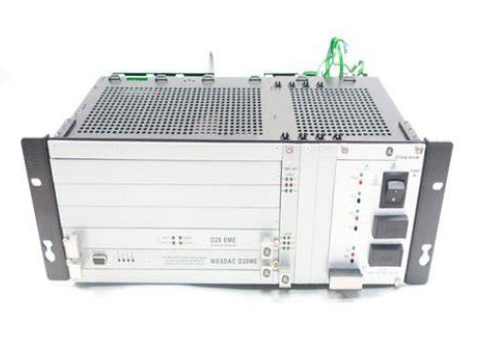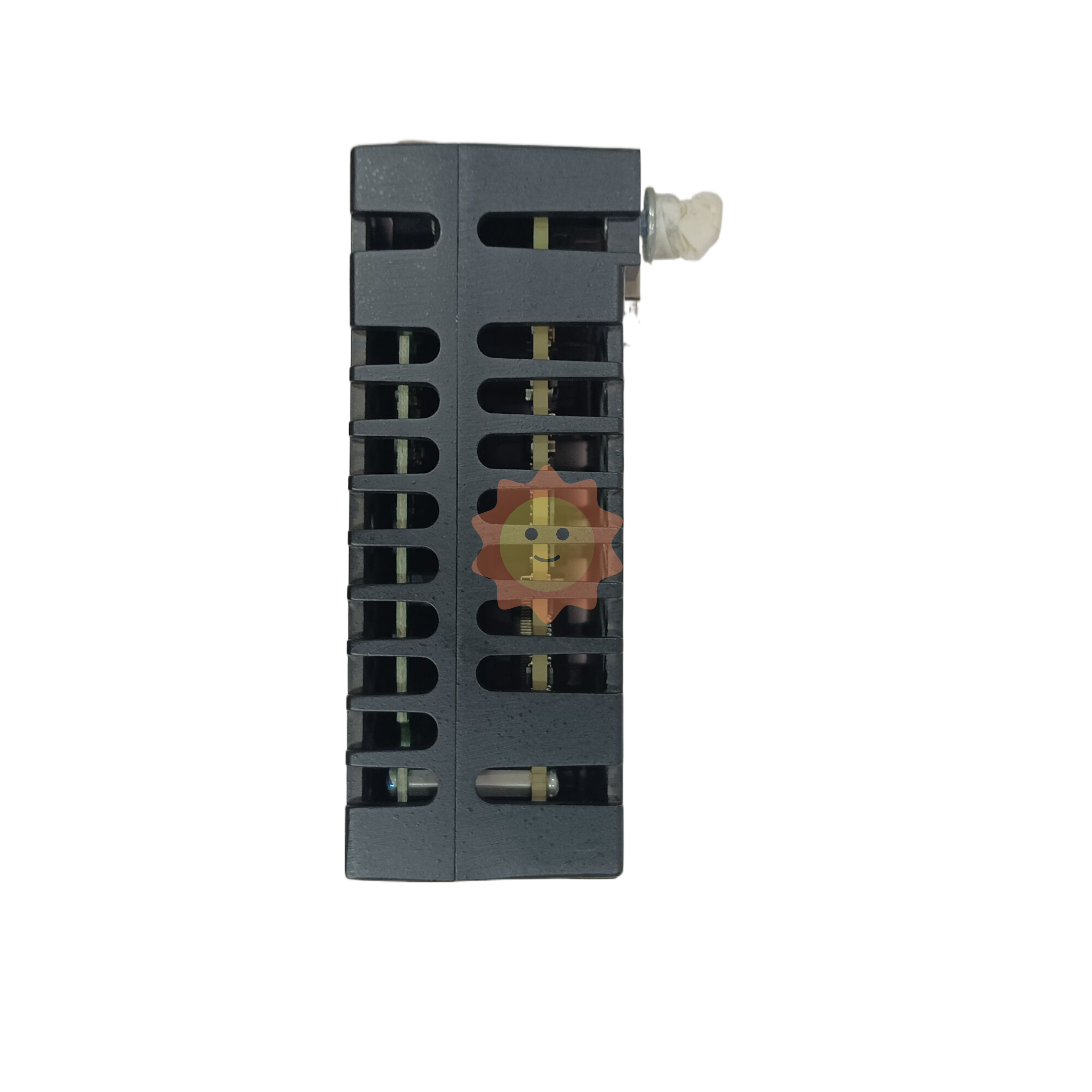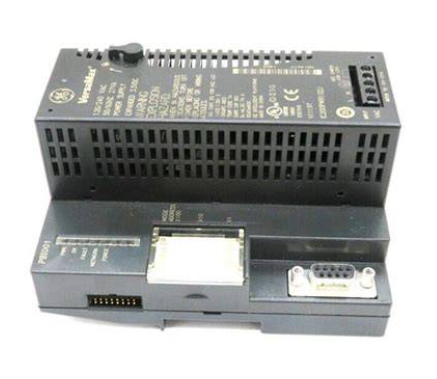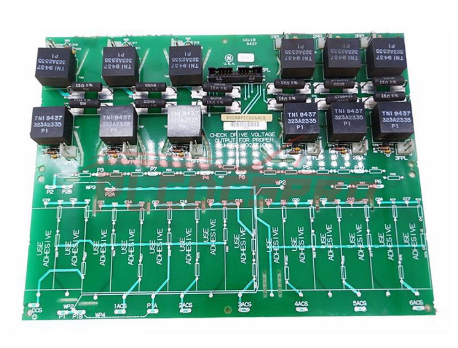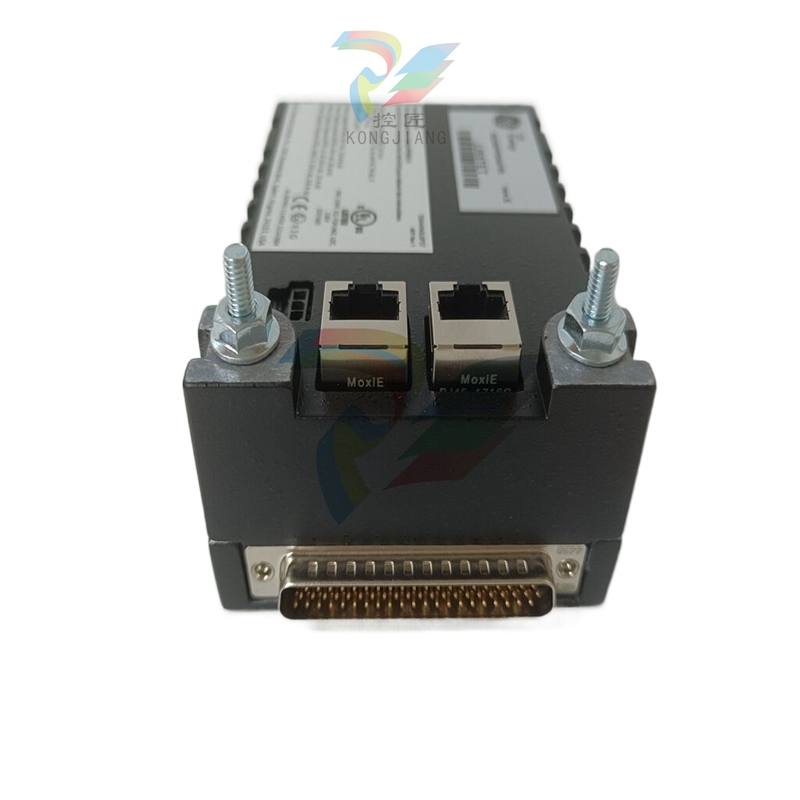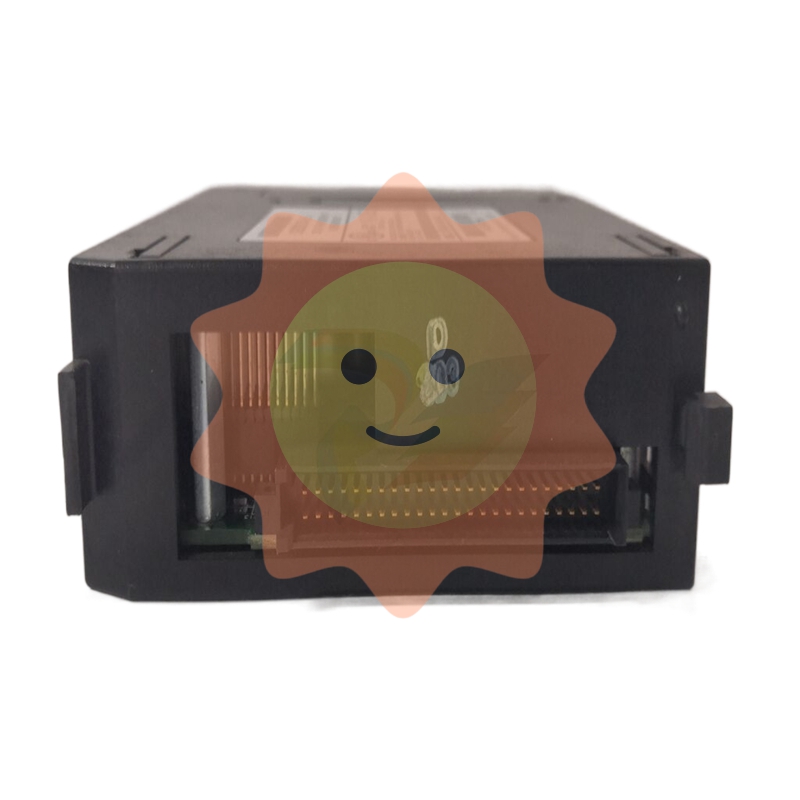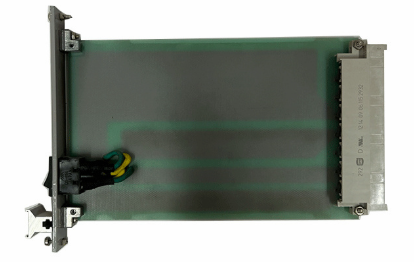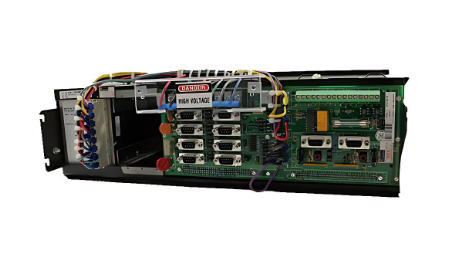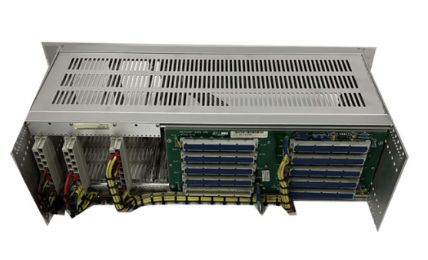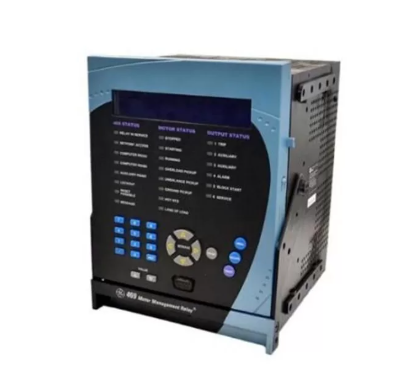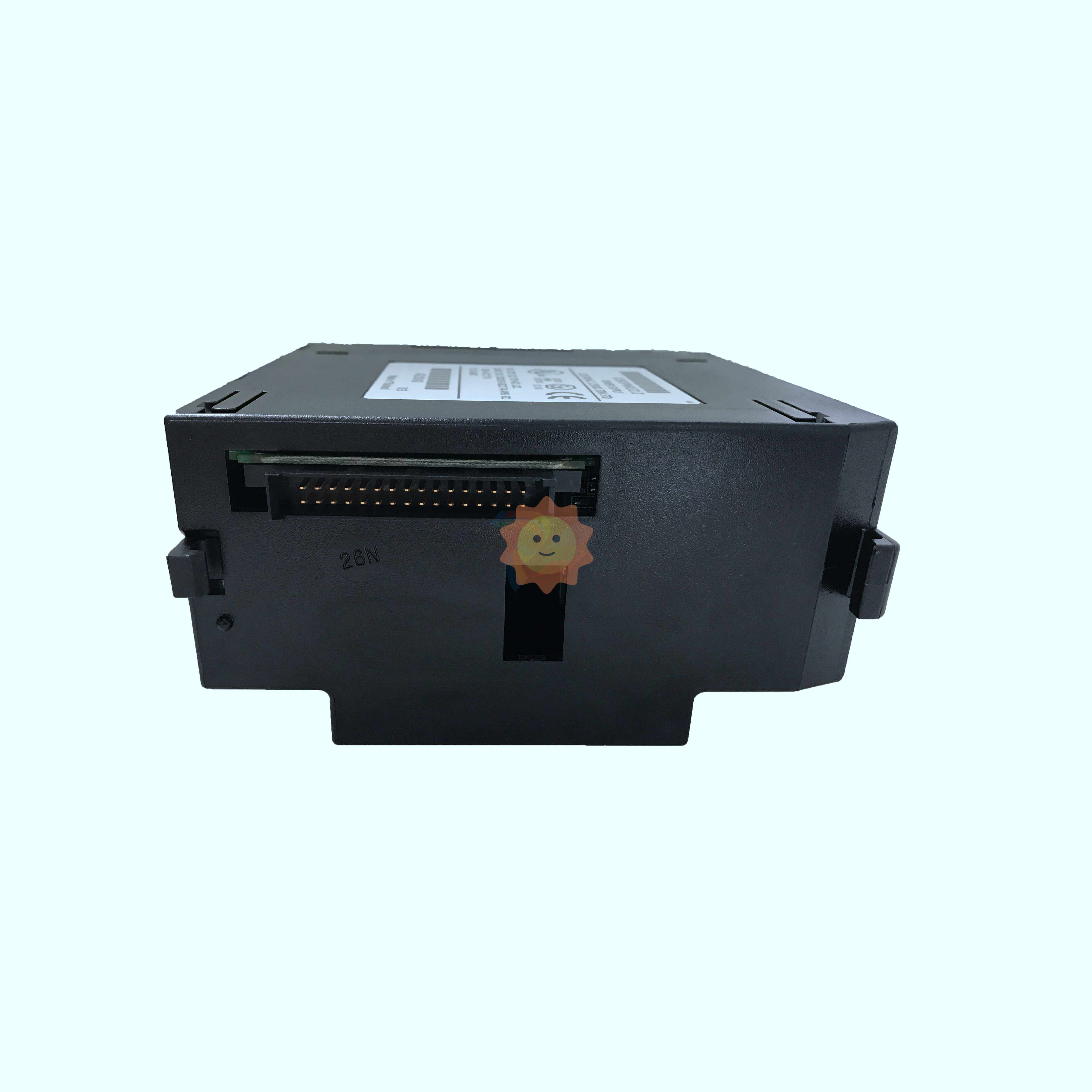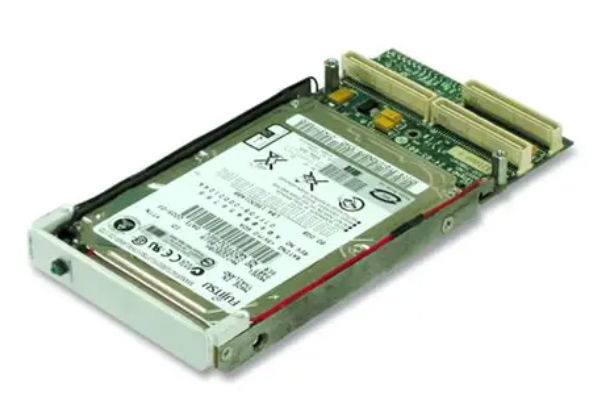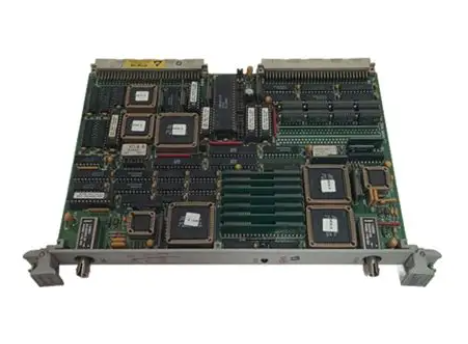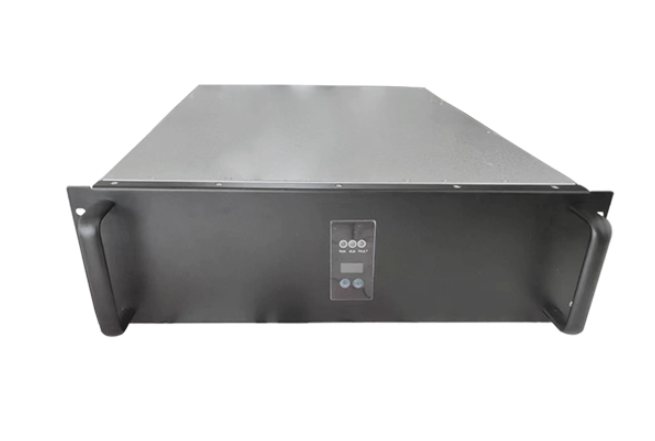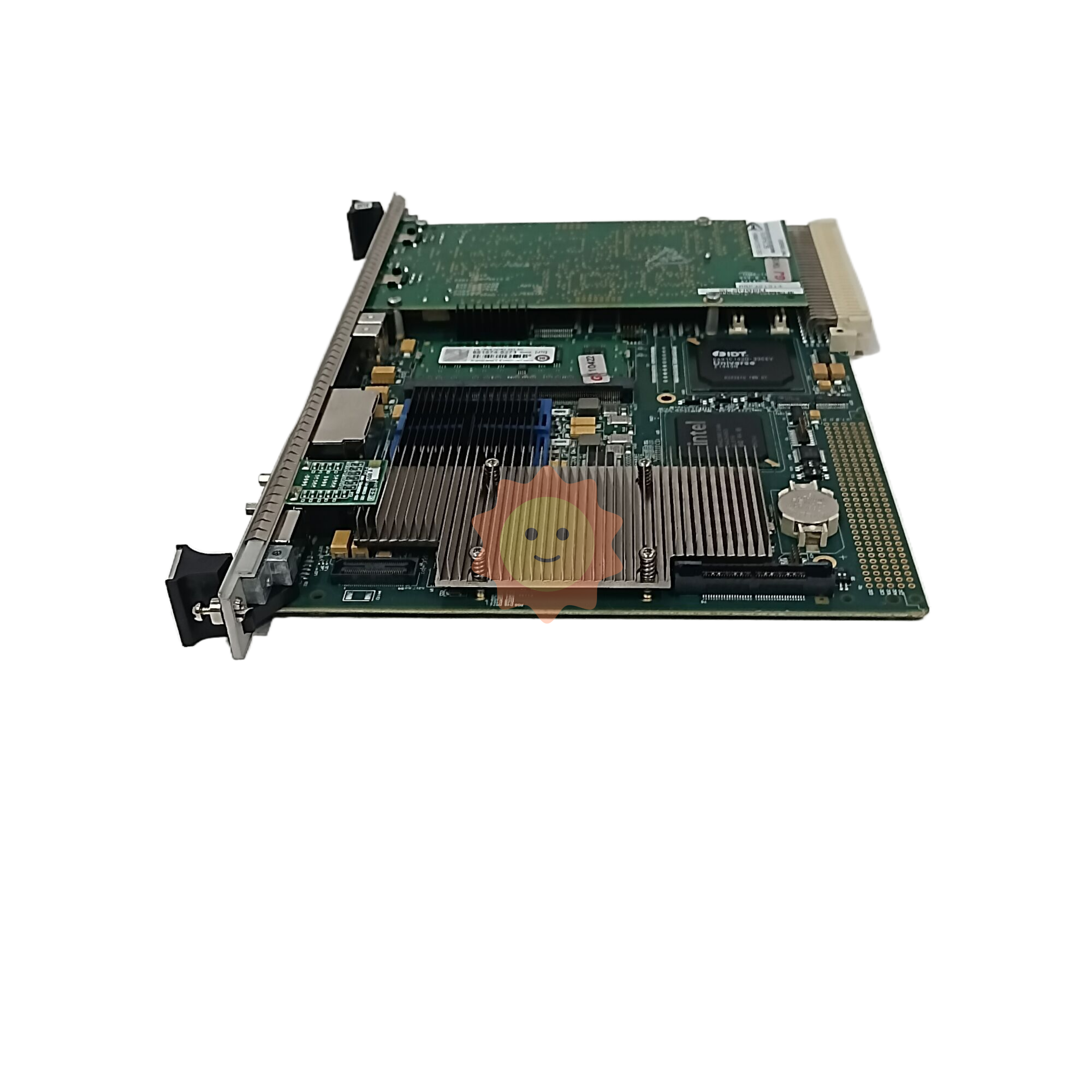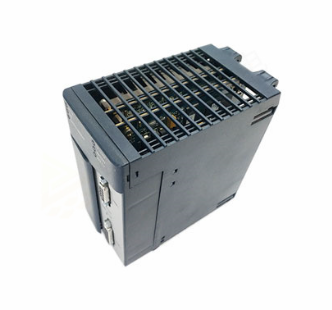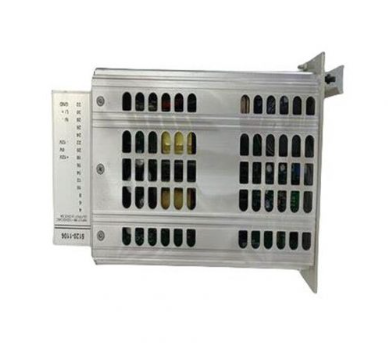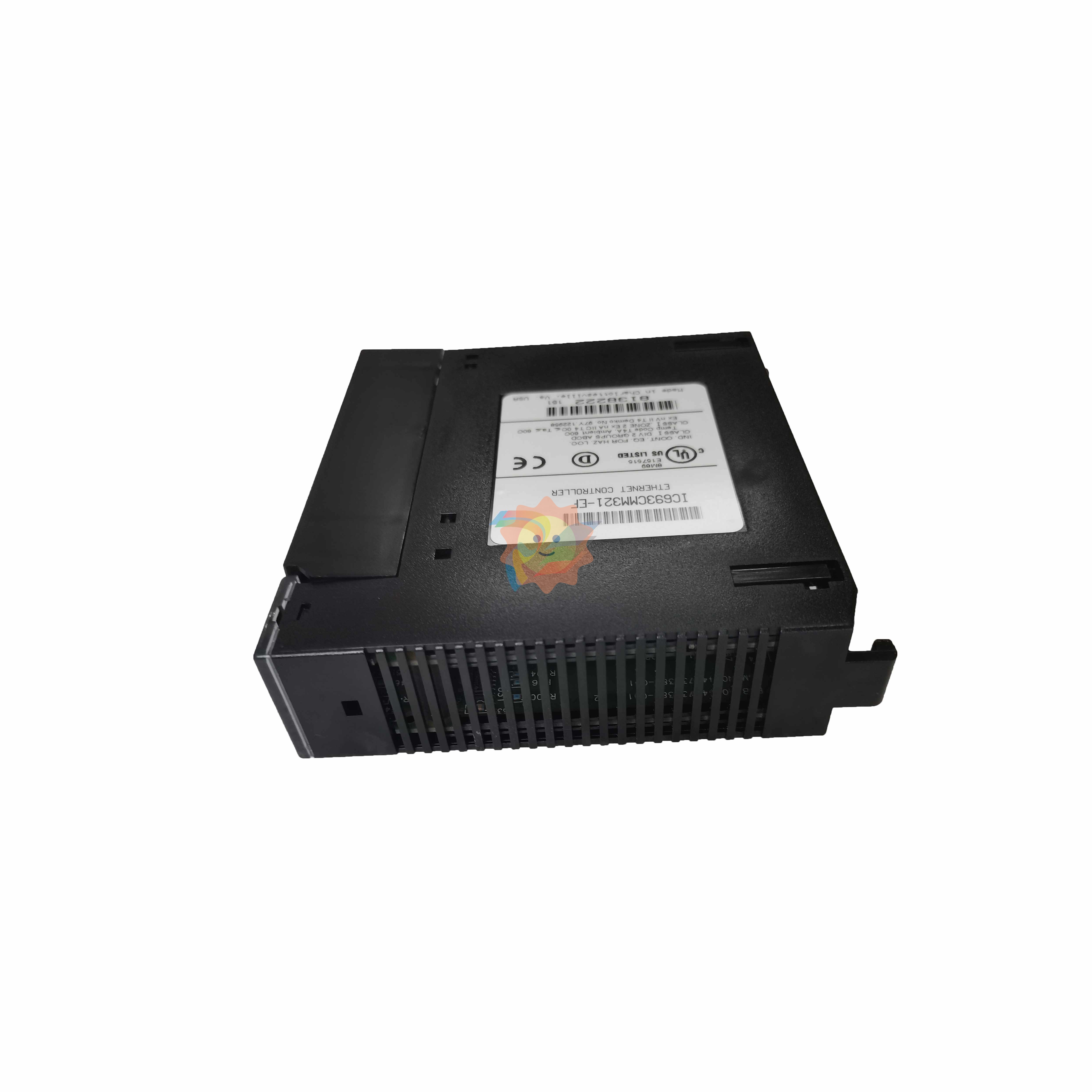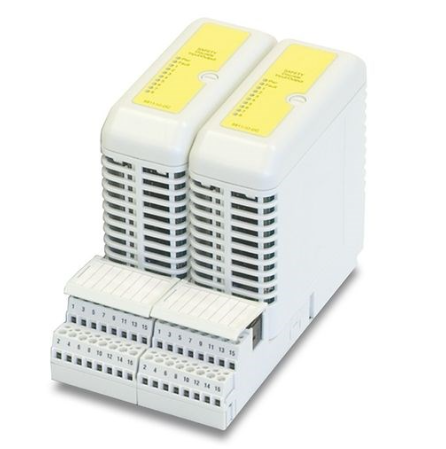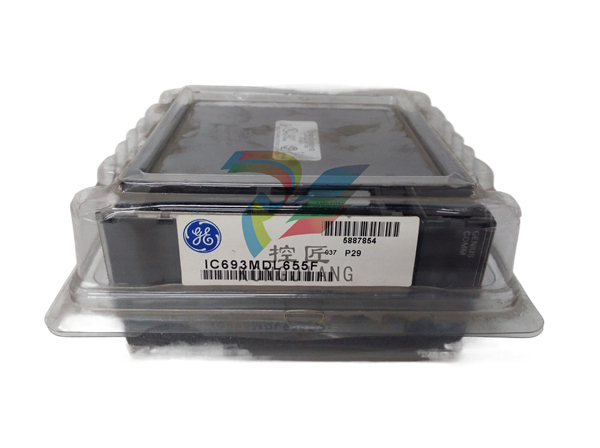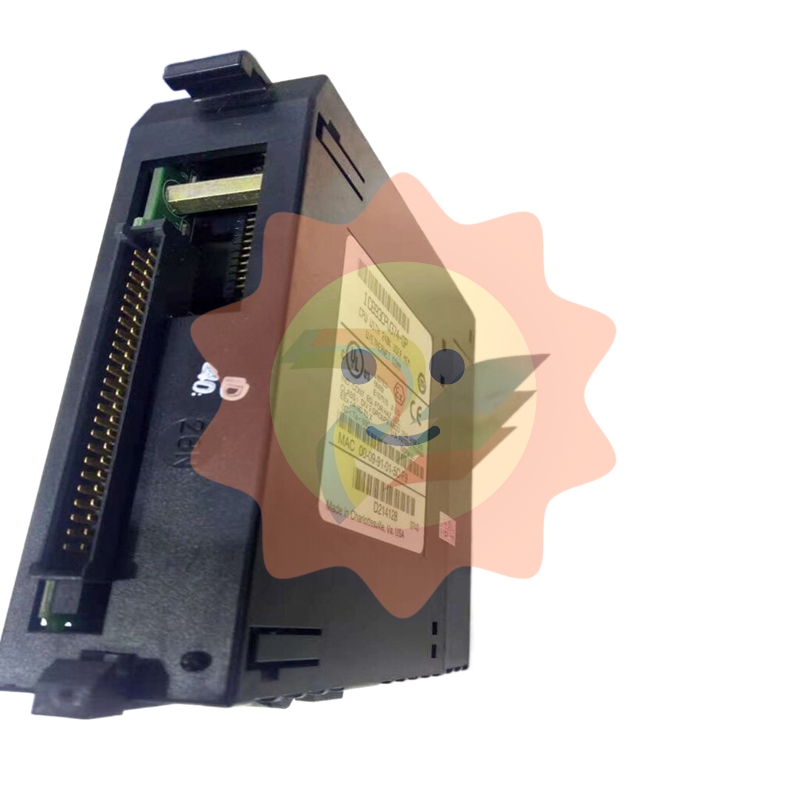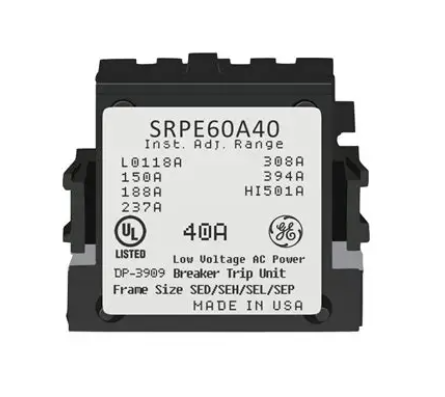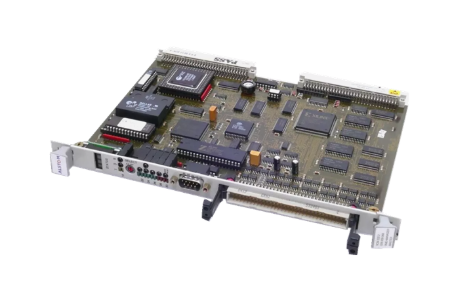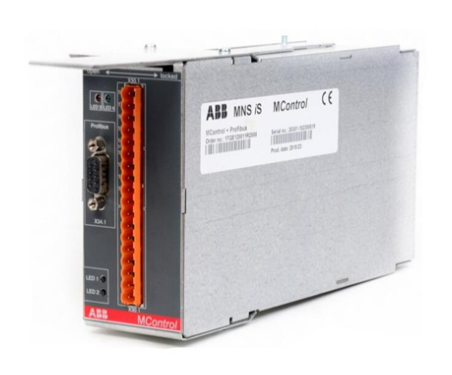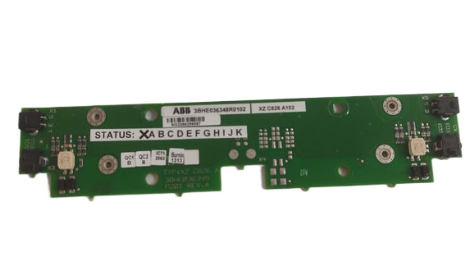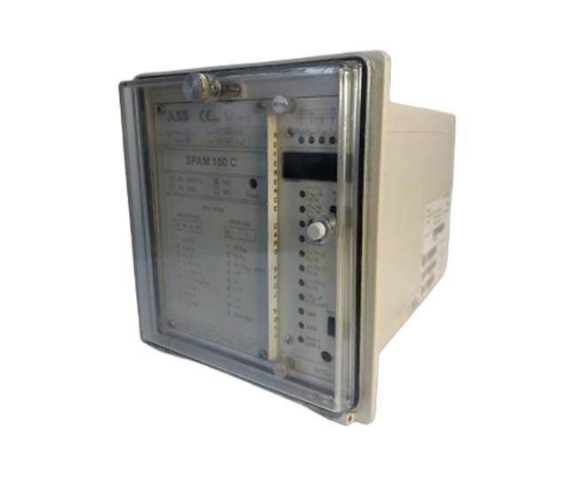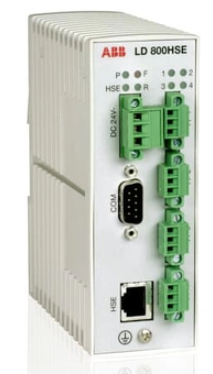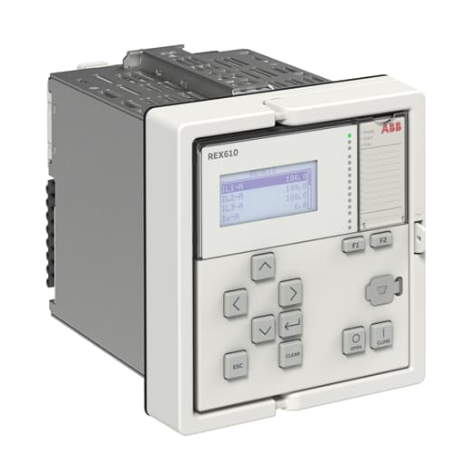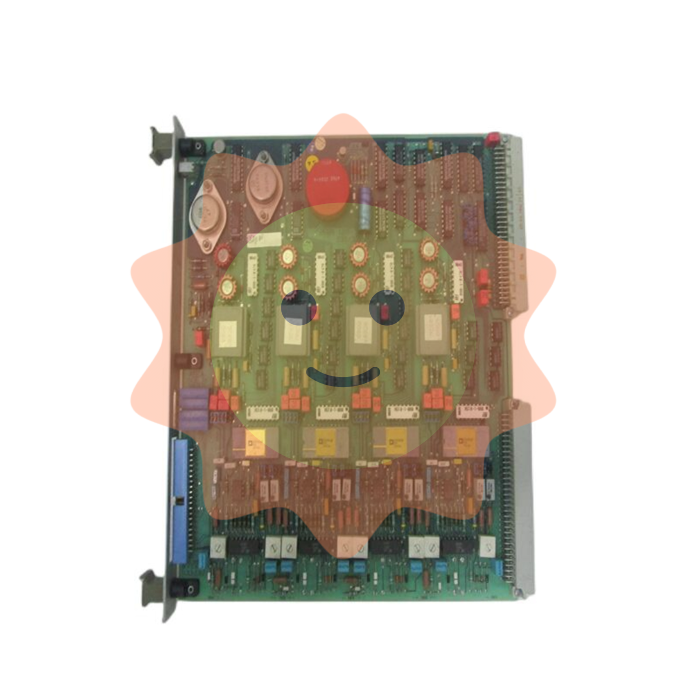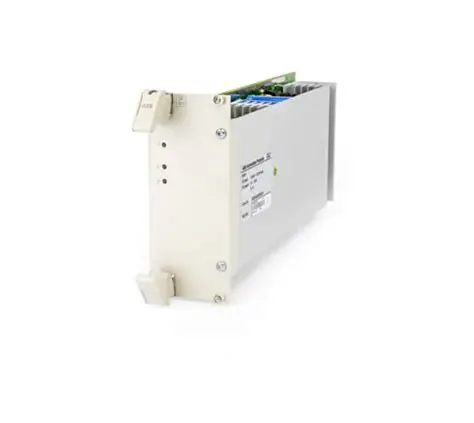ABB 3BHE014967R0002 UNS 2880B-P,V2: COB PCB Assembled
Wiring specifications: When performing equipment wiring operations, it is necessary to strictly follow the requirements of the product manual. Carefully distinguish between different interfaces such as power supply wiring, sensor wiring, and output control wiring to ensure that the wiring is firm and reliable, and to avoid loosening, short circuits, and other situations. Especially when connecting tension sensors, attention should be paid to the correct connection of signal polarity to prevent abnormal signal transmission or equipment damage caused by wiring errors.
Parameter setting and calibration: Parameter setting and calibration operations are required after the initial use of the equipment or replacement of key components such as tension sensors. According to the actual production process requirements, accurately set key parameters such as tension preset values, signal filtering parameters, and output signal ranges. At the same time, professional calibration tools are used to calibrate the equipment to ensure the accuracy of tension measurement and control. In the subsequent production process, equipment should also be regularly calibrated and maintained to ensure the long-term stability of equipment performance.
Software Upgrade and Maintenance: With the continuous development and updates of technology, ABB may release software upgrade versions for PFEA112-20 to fix known issues, improve equipment performance, or add new features. Users should pay attention to the software update information officially released by ABB and, if conditions permit, upgrade the equipment software in a timely manner. During the upgrade process, it is necessary to strictly follow the steps in the upgrade guide, backup important data in the device in advance, and prevent data loss or device failure caused by accidents during the upgrade process.
Similar model supplement
PFEA111: Compared with PFEA112-20, PFEA111 also has tension control function and can connect two pressure heads. But its biggest difference is that it does not have a DP interface, which limits its integration with other devices or systems that have DP communication capabilities. If the application scenario does not require high communication functionality and the budget is relatively limited, PFEA111 can be a more economical choice.
PFEA113: This model also comes with a DP interface, and the main difference from PFEA112-20 is its stronger tension unit expansion capability, which can connect four pressure heads. This makes PFEA113 advantageous in scenarios where tension monitoring and control dimensions are higher and production processes are more complex, such as large-scale paper production lines or multi material composite processing lines, which can accurately monitor and control tension at more locations simultaneously.
Application scenarios
Paper industry: In the process of paper production, precise control of paper tension is required at every stage from pulp forming to paper winding. PFEA112-20 can monitor the tension changes of paper in real-time during transportation, and adjust the speed and pressure of the winding equipment in a timely manner to ensure that the paper is wound flat and evenly, avoiding quality problems such as wrinkles and breakage, and improving the production quality and efficiency of paper.
Plastic film production: The tension control requirements for plastic film are extremely strict during extrusion, stretching, winding and other processes. PFEA112-20 can ensure uniform thickness and smooth surface of the film during production through precise tension control, reducing problems such as thickness deviation and tensile deformation caused by uneven tension, improving the quality of plastic film products, and meeting the strict requirements of different industries for film quality.
Metal processing: Stable tension control is crucial for ensuring the dimensional accuracy, surface quality, and physical properties of products during the rolling, stretching, and production processes of metal foil and wires and cables. PFEA112-20 can accurately adjust the tension according to the characteristics of metal materials and production process requirements, ensuring that the thickness of metal foil is consistent during the rolling process, and that wire and cable do not experience breakage or uneven thickness during the drawing process, thereby improving the quality and yield of metal processed products.
Printing and packaging: In the printing and packaging industry, whether it is paper printing or film packaging, the tension control of materials directly affects the clarity, registration accuracy, and sealing of printed patterns. PFEA112-20 ensures stable transportation of paper or film during the printing process by monitoring and adjusting material tension in real-time, avoiding problems such as printing pattern deviation and blurring caused by tension fluctuations. At the same time, it guarantees the dimensional accuracy and quality stability of packaging materials in sealing, cutting and other processes, improving the overall quality of printed packaging products.
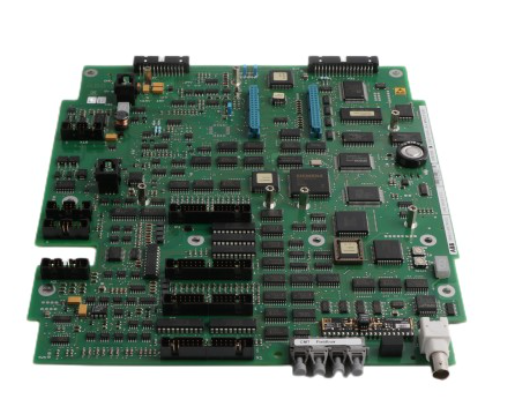
- EMERSON
- Honeywell
- CTI
- Rolls-Royce
- General Electric
- Woodward
- Yaskawa
- xYCOM
- Motorola
- Siemens
- Rockwell
- ABB
- B&R
- HIMA
- Construction site
- electricity
- Automobile market
- PLC
- DCS
- Motor drivers
- VSD
- Implications
- cement
- CO2
- CEM
- methane
- Artificial intelligence
- Titanic
- Solar energy
- Hydrogen fuel cell
- Hydrogen and fuel cells
- Hydrogen and oxygen fuel cells
- tyre
- Chemical fiber
- dynamo
- corpuscle
- Pulp and paper
- printing
- fossil
- FANUC
- Food and beverage
- Life science
- Sewage treatment
- Personal care
- electricity
- boats
- infrastructure
- Automobile industry
- metallurgy
- Nuclear power generation
- Geothermal power generation
- Water and wastewater
- Infrastructure construction
- Mine hazard
- steel
- papermaking
- Natural gas industry
- Infrastructure construction
- Power and energy
- Rubber and plastic
- Renewable energy
- pharmacy
- mining
- Plastic industry
- Schneider
- Kongsberg
- NI
- Wind energy
- International petroleum
- International new energy network
- gas
- WATLOW
- ProSoft
- SEW
- wind
- ADVANCED
- Reliance
- YOKOGAWA
- TRICONEX
- FOXBORO
- METSO
- MAN
- Advantest
- ADVANCED
- ALSTOM
- Control Wave
- AB
- AMAT
- STUDER
- KONGSBERG
- MOTOROLA
- DANAHER MOTION
- Bently
- Galil
- EATON
- MOLEX
- Triconex
- DEIF
- B&W
- ZYGO
- Aerotech
- DANFOSS
- KOLLMORGEN
- Beijer
- Endress+Hauser
- MOOG
- KB
- Moxa
- Rexroth
- YAMAHA
- Johnson
- Westinghouse
- WAGO
- TOSHIBA
- TEKTRONIX


Email:wang@kongjiangauto.com

















































